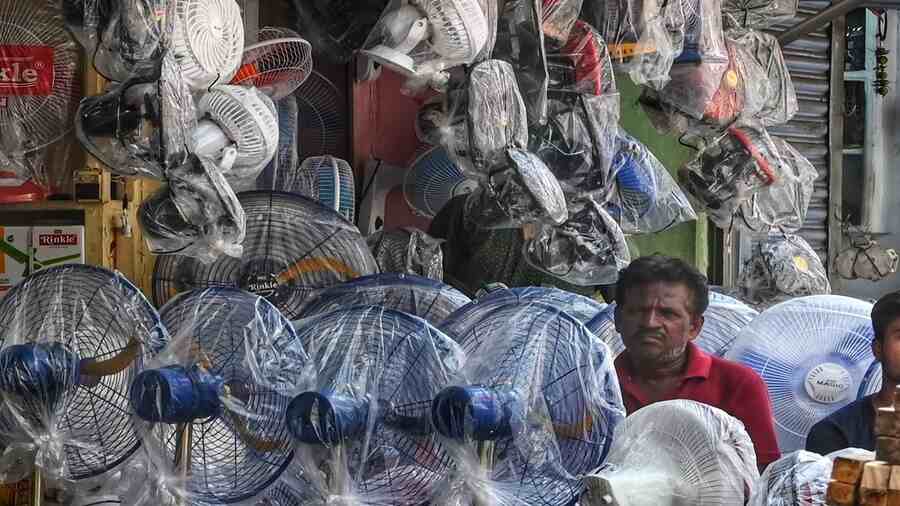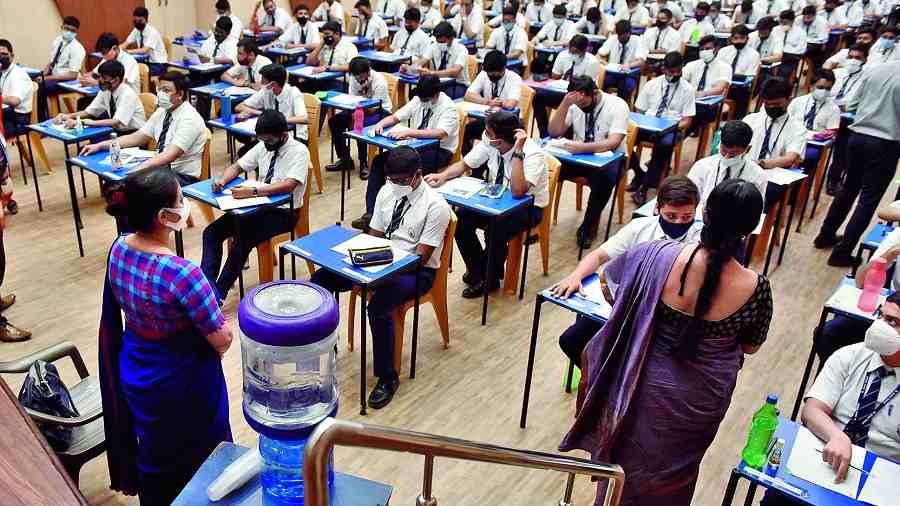Ten out of 23 districts in West Bengal, including Kolkata and its neighbouring districts, have been reeling under heatwave conditions, informed the Indian Meteorological Department on Tuesday.
IMD also predicted that the heatwave condition is likely to continue in seven south Bengal districts till April 28. The number of districts may decrease after that.
IMD experts called the current situation “unprecedented”, mainly for the complete lack of thundershowers as well as such widespread heatwave conditions in April.
“We expect the situation to improve from April 30 onwards, as there may be some rain in early May,” stated G.K. Das, director of the IMD, Kolkata.
Hooghly, a district on the western fringes of Kolkata, recorded the highest temperature rise in West Bengal on Monday, 6.5 degrees Celsius above normal. The district is going through a ‘severe heat wave’ condition. Howrah and North 24-Parganas recorded around 41 degrees Celsius.
Kolkata followed closely with 39.5 degrees Celsius.
Heatwave is declared when the temperature crosses 40-degree Celsius on plains and 30-degree Celsius in hilly regions and the maximum temperature is at least 4.5 degrees Celsius above normal.
“According to our findings, the heatwave condition was present in 10 west Bengal districts, mostly southern Bengal districts on April 25,” said Das. South Bengal has 15 districts.
Bankura topped the mercury chart with a maximum temperature of 43.9 degrees Celsius followed by Paschim Bardhaman, Paschim Medinipur, Purulia, Hooghly, Purba Bardhaman and Jhargram with maximum temperatures around 42 to 43 degrees.
Districts, which recorded a maximum temperature of more than 40-degree Celsius on Monday, had a departure of 4.5 to 6.5 degrees Celsius from normal.
“The situation this year is definitely somewhat unprecedented,” said Sanjib Banerjee, deputy director-general of IMD Kolkata to this reporter.
“While 40 degrees plus maximum temperature is not uncommon in some places within West Bengal during this period; heatwaves over such a large stretch as well as complete lack of thunderstorms over such a prolonged period are unprecedented developments,” pointed out Banerjee.
Under normal conditions, Kolkata and the rest of south Bengal normally receive about 6 thundershowers during March and April but none so far this year.
“Thundershowers are not happening because there is not adequate moisture in the air as it is getting dried up due to extreme heat,” explained A. P. Dimri, a climate expert and a professor at Jawaharlal Nehru University.
“High heat in central and north India, as well as dominant westerly flow, have combined to bring this situation. Whatever moisture is entering south Bengal, it is getting arrested in the lower level of the atmosphere and failing to trigger thundershower and nor’westers, ” explained G. C. Debnath, a retired IMD scientist.
"Kolkata is consistent with the rest of the country. According to our analysis, the early heat waves of 2022 that began on March 11 have impacted 15 Indian states and Union territories till April 24, Rajasthan and Madhya Pradesh have suffered the most among the states, with 25 heatwave and severe heatwave days each during this period. Even mountain states like Himachal Pradesh and Jammu Kashmir recorded a high number of heatwave days,” said an expert of environment think tank Centre for Science and Environment (CSE).


